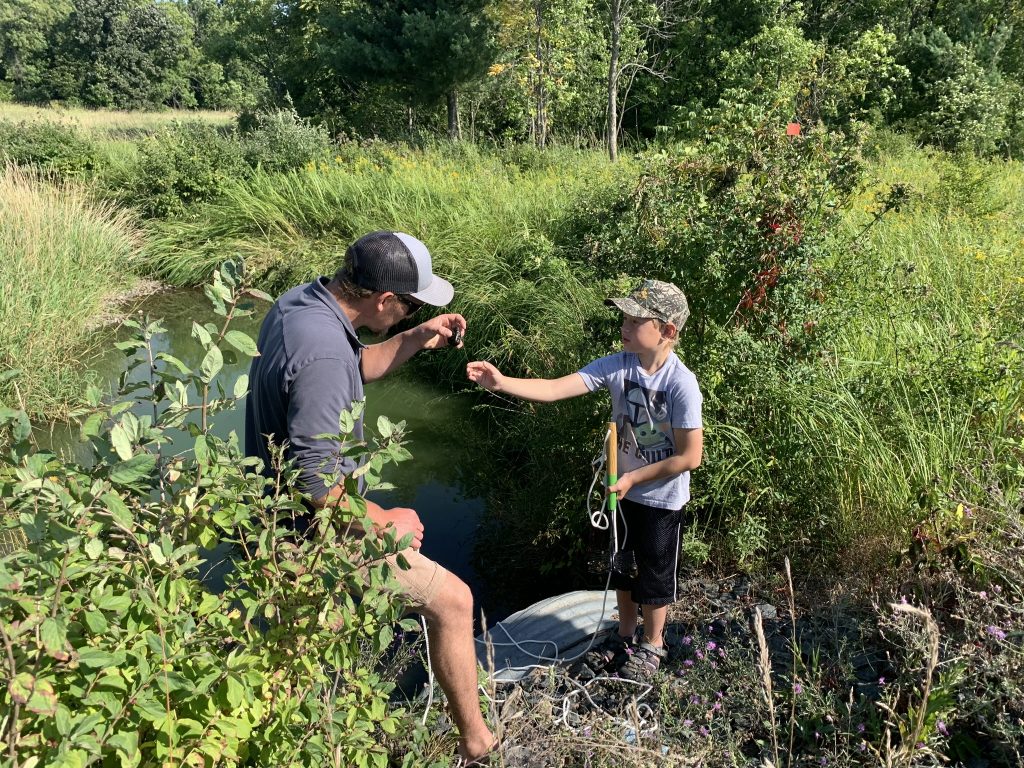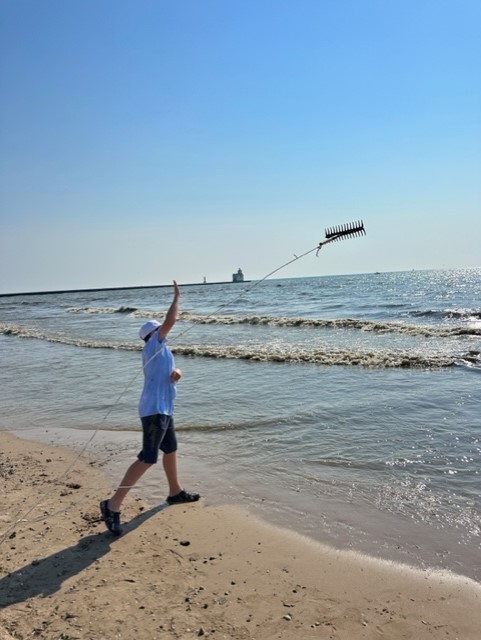Results from the scavenger hunt with a purpose
Last month, over 100 volunteers across Wisconsin participated in the 10th annual Invasive Species Snapshot Day, a state-wide aquatic invasive species monitoring event. It’s a unique opportunity for volunteers to collect data that contributes to the Surface Water Integrated Monitoring System (SWIMS) kept by the Wisconsin Department of Natural Resources.
The event is held by Water Action Volunteers (WAV) with support from partners, and they monitor over 100 water bodies across 30 different sites. Each site is led by an educator who helps train the volunteers to identify invasive species.

The volunteers have fun exploring lakes, but the data they collect is crucial in creating environmental management plans across the state. Dawn Nelesen is a Master Naturalist and a volunteer at this year’s event.
“Gathering samples of invasive species on Snapshot Day is a great way to give the Wisconsin DNR a heads up on invasives that may have recently arrived at particular lakes and rivers. With this information, gathered by volunteers like me all across the state, the DNR can hopefully get out in front of the problem and reduce their impact—I think that’s very important.”
This year, volunteers identified 15 invasive species at over 50 percent of the sites they surveyed across Wisconsin. Unfortunately, many of the sites saw a rise in the number of invasive species from 2022 to 2023.
Though it can be disheartening when invasive species are found in new locations, Katelin Anderson, the Water Quality Specialist and Education and Grant Coordinator for the Polk County Land and Water Resources Department, says she still appreciates the experience.
“I think my favorite part is working with volunteers and seeing their excitement about monitoring and about learning and asking great questions,” Anderson says.

a rake into the water to collect
plants and identify invasive species.
Anderson says that her volunteers appreciate knowing that their work contributes to the county’s efforts to protect the environment from invasive species.
For many volunteers, the training and experience they receive at Snapshot Day far outweighs any fears they have about invasive species. Tracey Mofle and Arianne Petersen were volunteers at the Luck site last month.
“The Snapshot Day Training was exhilarating, informative, and empowering! With the training we have enough confidence to monitor our area lakes and are planning to build our own rake to monitor our local water bodies,” they said.
Anderson says that the event would not be possible without the help from UW–Madison Division of Extension, which helps organize resources, support staff, and ensures that data is verified after the event.
“Their support makes it really easy to be a site leader and to have a good day,” says Anderson.
The monitoring event will continue next year, bringing new volunteers and leaders into the excitement. You can keep up to date with the events by visiting the Snapshot Day website.




